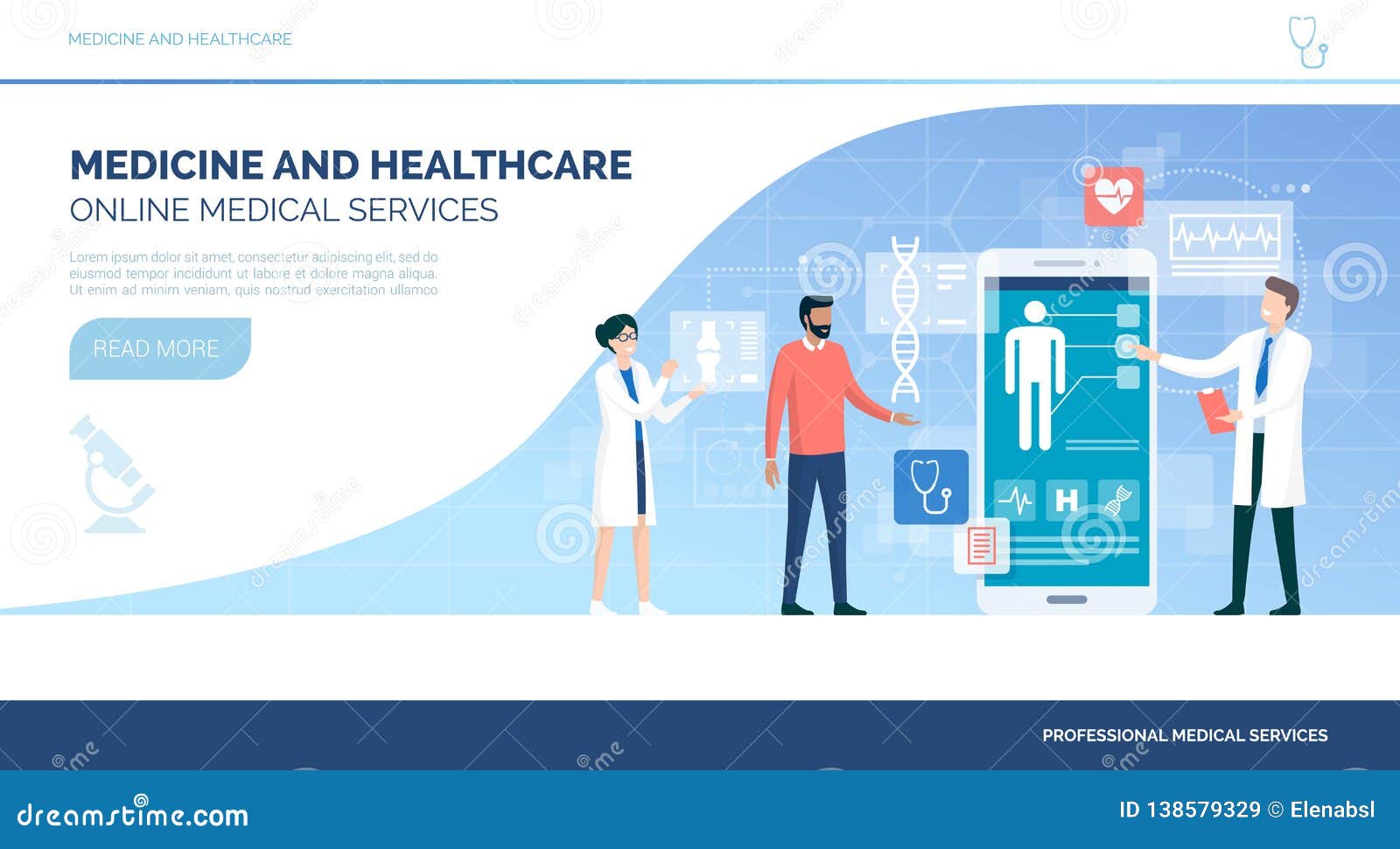Unlocking the Keys of Subscription Based Healthcare for Better Patient Outcomes
Unlocking the Keys of Subscription Based Healthcare for Better Patient Outcomes
Blog Article
The Rise of Subscription-Based Health Care and Its Influence On Client Treatment
As medical care advances, the subscription-based design is gaining traction, promising to revolutionize individual treatment by offering predictability and accessibility. These models, which bypass conventional insurance policy, can redefine the patient-doctor dynamic, emphasizing customized and precautionary treatment. As with any type of advancement, they offer difficulties, especially concerning equitable accessibility for all socioeconomic teams. The possibility for these designs to reshape health care shipment increases pressing inquiries concerning their long-lasting sustainability and inclusivity. Are these subscription solutions the future of health care, or do they run the risk of leaving at risk populaces behind? The details of this change warrant a better evaluation.
Understanding Registration Health Care Models
Comprehending the concept of membership healthcare designs involves taking a look at a transformative approach to medical solutions that emphasizes price and availability. These designs, frequently described as direct health care (DPC) or concierge medication, have actually emerged as ingenious options to traditional fee-for-service medical care systems. Subscription health care permits clients to pay a set monthly or annual charge for a specified set of medical services, which might consist of unrestricted workplace visits, regular check-ups, and fundamental lab tests, without the demand for traditional insurance coverage payment.
The framework of subscription health care designs is made to streamline client treatment by getting rid of third-party payers and intricate payment codes, thereby decreasing administrative concerns. Doctor can focus much more on client care, fostering stronger patient-provider connections. This design additionally promotes preventative care by urging routine check outs, as the financial challenge of per-visit fees is eliminated.
The membership design commonly equips doctor to take care of smaller sized individual panels, enabling for more customized care. It straightens economic incentives with person wellness results, as companies are inspired to maintain person contentment and health. Generally, comprehending subscription medical care versions needs recognizing their possible to reshape how treatment is provided and accessed.
Advantages for Individuals and Providers

For companies, subscription-based versions supply the opportunity to deepen patient-provider relationships. With a stable income stream, health care experts can devote more time to each client, causing an extra thorough and customized treatment experience. This version additionally minimizes dependence over individual volumes, minimizing exhaustion and improving work satisfaction. Moreover, the focus on preventative care within subscription plans can lead to far better person results and decreased long-term healthcare prices. By concentrating on constant care, carriers can attend to issues prior to they intensify, ultimately profiting the health care system as a whole by lowering the problem on emergency and intense care solutions.
Issues and challenges
While subscription-based health care versions existing numerous benefits, they likewise come with a collection of challenges and worries that must be attended to. Access stays a significant problem, as these versions frequently target individuals that can afford month-to-month costs, possibly leaving out low-income populations. This raises moral inquiries concerning equitable accessibility to healthcare solutions. informative post Additionally, the different nature of subscription strategies can lead to confusion amongst clients concerning coverage specifics, possibly causing unmet expectations or insufficient treatment.
Financial sustainability of subscription-based designs is one more concern. Companies should balance the set earnings from memberships with the variable costs of healthcare solutions, which might vary due to unforeseen clinical requirements. This can create pressure to limit solutions or rise fees, possibly influencing person fulfillment and care quality.
Furthermore, regulative oversight of subscription-based medical care versions is still evolving. Attending to these difficulties is crucial for the successful and equitable application of subscription-based health care.
Influence On Patient-Doctor Relationships
One substantial influence of subscription-based healthcare models on patient-doctor relationships is the capacity for enhanced continuity and personalized care. By adopting a subscription model, physicians can manage a smaller patient panel, allowing for more dedicated time with each person. This increased availability cultivates a much deeper understanding of an individual's medical history, lifestyle, and choices, enabling much more tailored therapy strategies and treatments.

However, it is important to identify that while subscription-based designs may profit those who can manage them, they might inadvertently expand health care disparities. Individuals who are incapable to take part in these versions might experience lower access to personalized care, possibly affecting their relationships with health care suppliers. Thus, while the subscription design supplies promising benefits for patient-doctor partnerships, it also postures challenges that require to be addressed to make certain equitable health care access.
Future of Health Care Accessibility

The duty of modern technology can not be forgotten in this transformation. Telemedicine platforms and electronic health records assist in smooth communication between individuals and doctor, breaking down geographical and their website logistical barriers. Furthermore, advancements in expert system and data analytics can further personalize treatment by predicting patient demands and enhancing treatment plans.
Nevertheless, the future of health care access also offers obstacles, such as making certain equity throughout different socio-economic groups. Policymakers and healthcare service providers must collaborate to link the digital divide, guaranteeing that subscription-based models continue to be inclusive and budget friendly. As these systems develop, they hold the promise of making medical care a lot more available, efficient, and patient-centric.
Conclusion
Subscription-based medical care versions are improving patient care by providing a secure cost structure and enhancing availability. The increase of subscription-based medical care urges aggressive person involvement, which has the possible to enhance patient results and complete satisfaction, signifying a transformative shift in medical care delivery.
As medical care advances, the subscription-based design is gaining grip, assuring to reinvent client treatment by providing predictability and accessibility.Subscription-based medical care versions use distinct advantages for both clients and providers, boosting the total health care experience.As medical care systems develop, the future of health care access often hinges on the assimilation of ingenious models and innovations.Subscription-based health care models are improving patient care click here for more info by offering a steady expense framework and improving accessibility. The surge of subscription-based medical care urges proactive patient involvement, which has the potential to boost patient results and contentment, signifying a transformative change in healthcare delivery.
Report this page